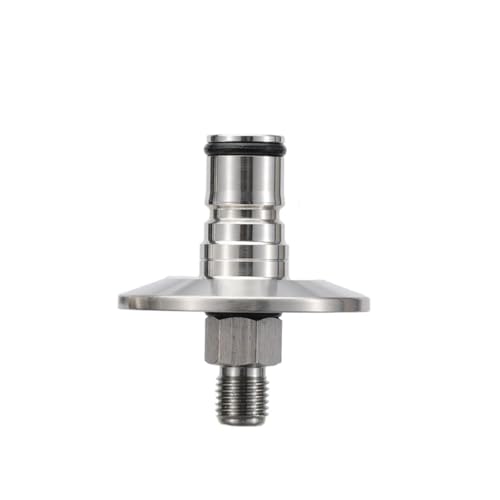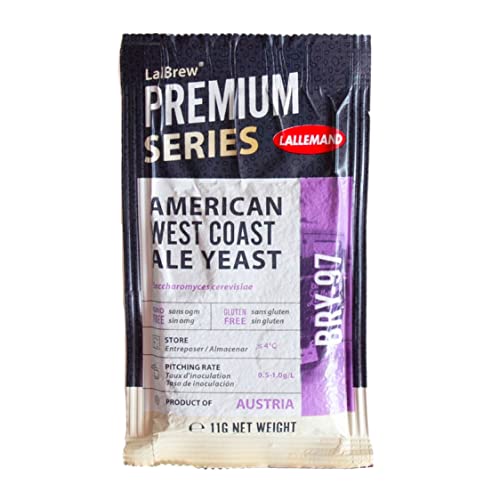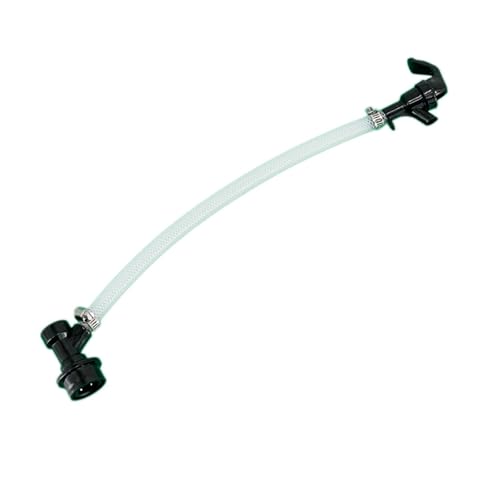specialkayme
Well-Known Member
LOL, no argument on my part. Since you seem to misinterpret my term "argument" when I responded above, to make it easier just substitute the word "position" in place of "argument" so that it reads "This position of redefining "limitations" as "design flaws" is sorta pointless and academic...."
I refer you to your post #233 where you started to redefine meanings. Now this is becoming silly.....
You are now arguing about arguing . . .







































![Craft A Brew - Safale S-04 Dry Yeast - Fermentis - English Ale Dry Yeast - For English and American Ales and Hard Apple Ciders - Ingredients for Home Brewing - Beer Making Supplies - [1 Pack]](https://m.media-amazon.com/images/I/41fVGNh6JfL._SL500_.jpg)


















